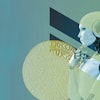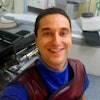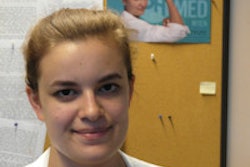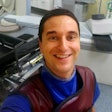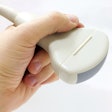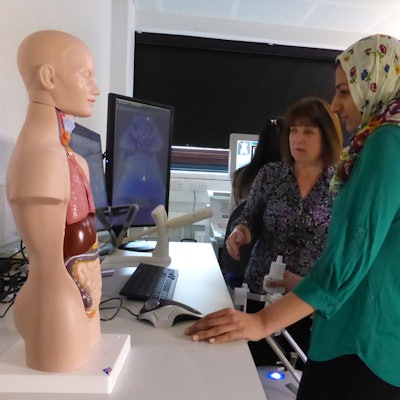
Many radiography students experience frequent or intense feelings of imposter syndrome -- defined as the inability to believe that your success is deserved or has been legitimately achieved due to your efforts or skills. That's the conclusion of a U.K. study.
In a survey, researchers found that 77% of diagnostic and therapeutic radiography students reported frequent or intense traits of impostor phenomenon. They suggested that interventions are needed to help students identify it and cope with the phenomenon.
“It is recommended that seminars or workshops occur in a student's first year before their first clinical placement to reduce student anxiety and stress and provide skills that may reduce [imposter syndrome] feelings,” noted first author Chris Gibson, a radiography student at Canterbury Christ Church University.
Impostor syndrome is often described as feeling that any successes achieved are down to luck and are undeserved, and it is linked to depression and anxiety and has been correlated with burnout in radiology, the authors wrote in a study published on 21 October in Radiography.
Previous studies suggest that radiography students report a lack of confidence and feelings of stress while on clinical placements, yet no research has explored their experiences with imposter syndrome, they added.
To that end, the researchers offered an online survey to students through the U.K.’s College of Radiographers between January and February 2023. The survey was structured (with permission) around the Clance Impostor Phenomenon Scale (CIPS), a validated 20-question test developed by Atlanta-based psychologist Pauline Clance, PhD.
CIPS scores of 40 or less indicate few impostor characteristics; between 41 and 60, moderate impostor experiences; between 61 and 80, frequent impostor feelings; a score higher than 80 means the respondent often has intense impostor phenomenon experiences.
The survey received 92 responses, including from 14 (15%) therapeutic radiography students and 78 (85%) diagnostic radiography students, with these numbers reflective of the percentage of radiographers in the U.K. workforce, the authors noted.
According to the analysis, 77% were found to have frequent or intense impostor phenomenon traits, with no significant differences identified by age or program. The mean CIPS scores of therapeutic and diagnostic students were 72.14 and 72.65.
Moreover, the mean CIPS scores were higher than those found in other healthcare studies, including medical students (CIPS = 63.1), dental students (CIPS = 65), and nursing students (CIPS = 60.13), according to the authors.
Ultimately, improving radiography students' understanding and knowledge of impostor phenomenon is important, they noted.
“This study's findings suggest this occurs before radiography students' second years, and they may benefit from it in their first year before clinical placements. The literature suggests that this does not need to be extensive training and can be done in a one-off workshop provided the information presented is accurate,” the researchers concluded.
The full article is available here.
Editor's note: The photo used on the homepage shows hands-on, interactive training in ultrasound at City, University of London and is for illustrative purposes only (courtesy of Gill Harrison, originally appeared in the ECR Today newspaper).
